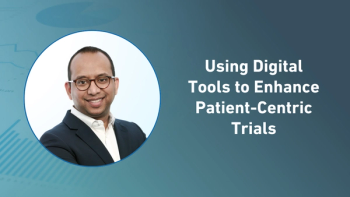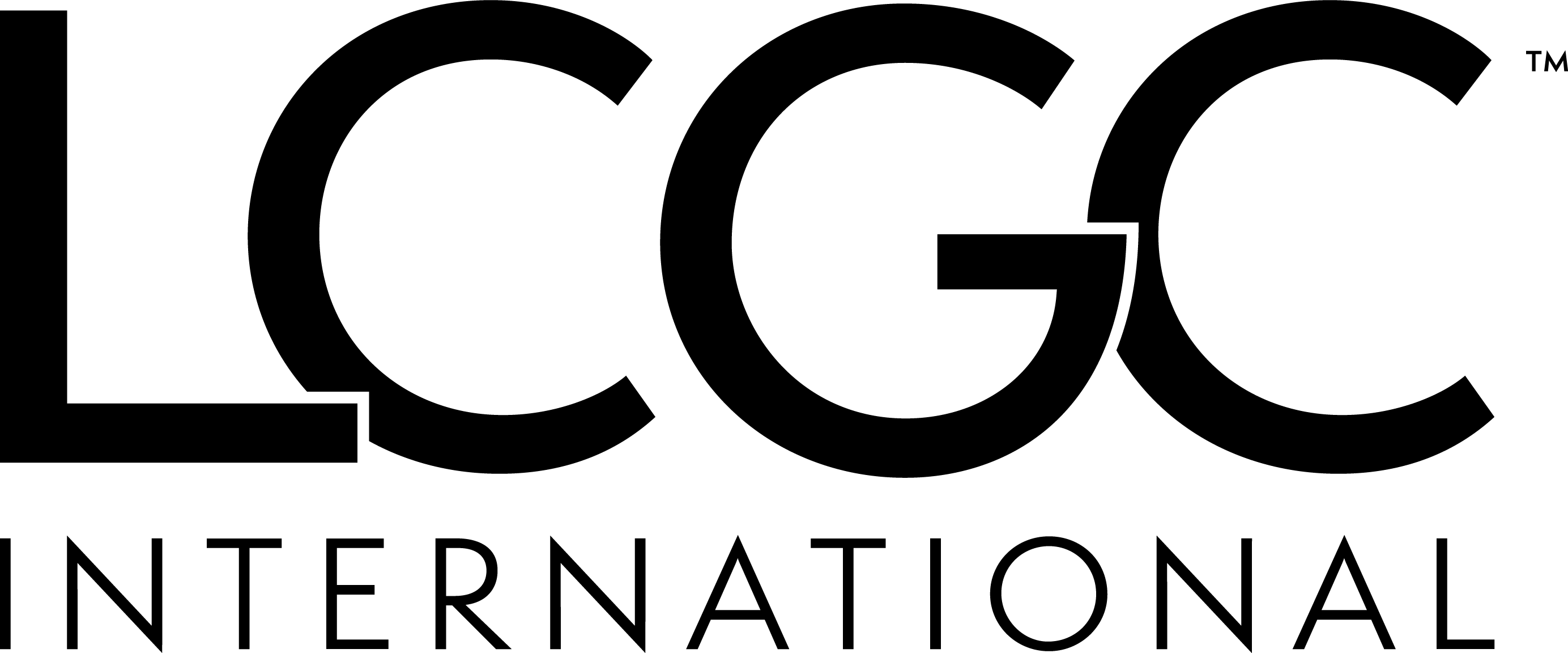What clinops professionals needs to know
The surge in IRT system inspections marks a major shift in regulatory expectations for clinical operations. Agencies worldwide are emphasizing audit trail transparency, user access control, and system validation as key measures of data integrity and patient safety. For clinical operations teams, inspection readiness now requires cross-functional training, proactive documentation management, and collaboration with sponsors to ensure full visibility into system development and randomization logic. By integrating these quality principles from study startup through closeout, organizations can not only meet regulatory demands but also strengthen trial reliability and trust across global programs.
Recent quality assurance data reveals an increase in regulatory inspections involving interactive response technology (IRT) systems used in clinical trials. Within our organization alone, the number of inspections of clients we support jumped from 30 in 2022 to 72 in 2024, representing a 140% increase and signaling intensifying regulatory scrutiny of these critical clinical trial systems. This escalation is more than a statistical anomaly; it reflects a sea change in regulatory focus.
As clinical trial complexity increases, regulators are placing additional scrutiny on randomization algorithms and data integrity within IRT systems.
Regional regulatory focus areas
Different regulatory bodies reflect distinct areas of concentration, and organizations should ensure their preparation strategies include all areas in turn. For example, the FDA and EMA place a robust priority on audit trails and user access control, requiring meticulous documentation of who accessed, entered, or altered which data, when and why. Japanese and Chinese regulators have more stringent focus on randomization procedures, inspecting algorithms and processes used to allocate patient treatment. Both approaches are focused on ensuring the safety of participants in clinical trials.
Across all agencies, however, industry experts have observed a common and increasing need for records of extensive system validation and extensive sponsor control, particularly with respect to user acceptance testing (UAT) activities performed by clients and sponsors.
The six basic preparation strategies
Building on significant industry inspection support experience, quality assurance professionals have determined six basic preparation strategies that organizations should consider:
1. Familiarize yourself with inspector expectations
Success begins with knowing what inspectors are seeking based on their individual agency affiliation, where they are going to inspect, and priority areas. Every regulatory agency has priorities and strategies that should be expected and pre-emptively handled.
2. Complete team training
Training sessions must move beyond procedural job skills to educate team members about the influence their specific contributions have on overall clinical trial success. This requires preparing subject-matter experts to present their work clearly under stressful conditions through practice exercises and mock inspections.
3. Streamlined process development
Create procedures that are easy to work with instead of cumbersome processes that chisel away at compliance. The most sophisticated procedures are those that teams can do easily, even under duress.
4. Proactive communication
Never leave inspectors or team members uncertain about status or next steps. Answer requests promptly and provide regular updates within the inspection process, even if final responses are unavailable.
5. Clear response review
Ensure responses are carefully reviewed to eliminate technical terminology and make them readable. Responses may be presented to inspectors who do not possess the same technical ability as those in-house.
6. Controlled documentation management
Maintain easily accessible, well-organized documentation to enable prompt response to inspector inquiries. Simple access to various information points can significantly influence the workload required to provide responses.
Data integrity and audit trail excellence
The foundation of good inspection readiness is being able to demonstrate ALCOA+ principles (the five basics: attributable, legible, contemporaneous, original and accurate) through strong audit trails. Such trails must allow complete reconstruction of actions and not merely define what happened but also who took action and when, and why it was necessary.
Following industry inspection practice, the EMA's 2023 guidance on computer systems and electronic records in clinical trials has become a required read for organizations preparing for inspections. Quality assurance professionals say this guidance provides detailed expectations that inform gap assessment and preparation plans, characterizing it as "essential" for compliance and inspection preparation.
Technical readiness requirements
While regulatory audits of IRT systems keep increasing, technical preparedness is the key to success in inspections. IRT systems are inherently high-risk due to their pivotal role in clinical trial operations, and with growing trial complexity, regulators are placing greater intensity on reviewing these computerized systems.
Since inspection is time-intensive with little time for inspectors to review large technical documents, IRT systems must be developed and maintained with regulatory inspection readiness as an intrinsic part of their architecture. The following technical requirements enable systems to provide real-time evidence of compliance and help inspectors review clinical trial data integrity and system controls in a streamlined manner.
System validation and evidence
- Demonstrate system validation with readily available evidence.
- Provide evidence of UAT performed by sponsor/client.
- Maintain complete software development lifecycle (SDLC) documentation.
- Have both validation plan and validation report readily available and have thorough processes between these bookends.
Data integrity implementation
Technical systems must demonstrate ALCOA principles through:
- Audit trails—Complete reconstruction ability showing what was done, by whom, when, and why.
- Change control procedures—Proper processes with evidence of system changes.
- Access control—Make data available for handling by authorized staff only.
- Data protection—Defend data against unauthorized access, alteration, or deletion.
Audit trail technical requirements
- EMA 2023 guidance compliance—Systems should comply with computer systems and electronic records guidance for clinical trials.
- Transactional system concern—IRT systems are highly transactional, requiring audit trail approaches distinct from other systems.
- Availability in real-time—Audit trails must be readily accessible.
- Ability to investigate—Audit trails must be usable for regulatory reporting and internal investigations.
User access management systems
- Specifically define access controls in contracts/work orders.
- Use the principle of least privilege, limiting access to required job functions.
- Establish lifecycle access review with role transition processes and changing access updates.
- Establish logging capabilities for access logs (who) and event logs (what).
- Establish failed attempt tracking to record and log failed attempts to access.
Randomization technical infrastructure
- Real-time demonstration capability—Ability to demonstrate randomization assignments in real time upon inspection.
- Algorithm documentation—Deliberate procedures for randomization setup and SDLC.
- Proper record keeping—Complete record of system data entries, changes, and amendments.
- Blinding factors to keep in mind—Technical solutions to trial blinding during audits.
Documenting and system organizing
- Easily retrievable documents organized for speedy access.
- Gap assessment tools to support regulatory guidance compliance.
- Integrate quality management system with inherent data integrity features.
- Review process for technical response to ensure clarity and remove jargon.
These technical readiness standards emphasize that the IRT system should be built and maintained not only for operational capacity, but also with regulatory inspection readiness being an intrinsic part of their design and procedure.
Building relationships throughout the study lifecycle
Successful inspection outcomes are founded on relationships developed across the entire lifetime of the study, instead of just during inspections. These include internal team relationships and client engagement.
Regular meetings provide the opportunity to demonstrate team capability and build relationships, familiarity, and trust, which are highly valuable when dealing with formal inspections. You should even view client audits as an opportunity to build relationships.
The path forward
The continued increase in IRT system inspections, directly or indirectly, reflects growing recognition of the pivotal role such systems play in guaranteeing trial success. As trials become more complex and regulatory agencies tighten their scrutiny, firms are compelled to alter preparation strategies to meet heightened expectations.
The best companies treat inspections not as confrontational experiences but as collaborative interactions to demonstrate their commitment to data integrity, patient safety, and regulatory compliance. By using best preparation strategies, having technical systems that are solid, and establishing strong relationships throughout the study lifecycle, companies are able to weather this shifting landscape with ease.
The numbers show the shift: regulatory scrutiny of IRT systems is accelerating rapidly. Organizations that foresee and adapt their inspection preparation procedures will be best positioned for success in this new world.
The era of reactivity is behind us. In the era of radically increased inspection activity, meticulous preparation is not just wise; it is essential to long-term success in clinical research.
Justine Koor, Director, Quality Assurance at IQVIA






.png)



.png)



.png)
.png)
